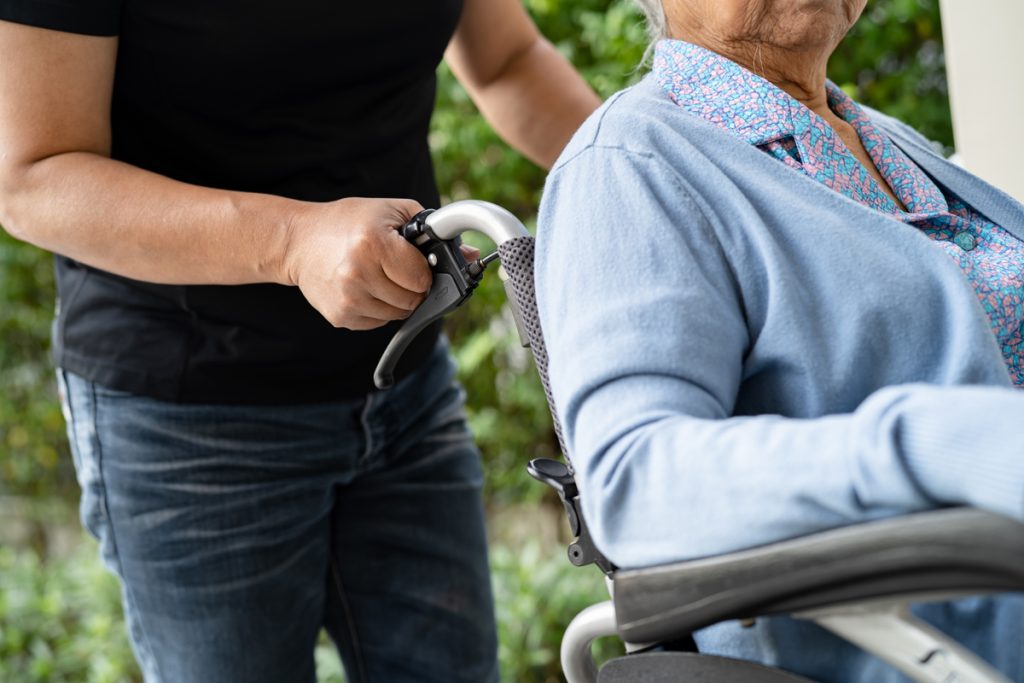Installing Safety Grab Bars
Installing safety grab bars can be a relatively straightforward DIY project, but it’s important to ensure their proper installation for safety and functionality. Here’s what you need to know:
Before you begin:
-
Planning and Location:
- Identify the user’s needs: Consider their height, strength, and specific requirements when choosing locations and types of grab bars.
- Choose the right locations: Common areas for grab bars include next to toilets, bathtubs, and showers. Ensure they are positioned for easy reach and leverage during transfers.
- Check your local building codes: Some areas might have specific requirements for grab bar installation.
-
Tools and Materials:
- Grab bars (choose appropriate weight capacity and style for your needs)
- Stud finder
- Drill and drill bits (suitable for your wall material)
- Level
- Pencil
- Screws or appropriate mounting hardware (depending on wall material and chosen grab bar)
- Optional: Safety glasses, dust mask, caulk
Installation steps:
- Locate the studs: Use a stud finder to mark the locations of studs behind the wall where you plan to install the grab bar. This is crucial for ensuring secure mounting as studs provide the most reliable support.
- Mark the mounting holes: Hold the grab bar against the wall, aligning it with the desired location and stud markings. Use a level to ensure proper alignment and mark the mounting holes through the grab bar template (if provided) or by directly marking the screw holes on the wall.
- Drill pilot holes (if required): This step depends on your wall material. For concrete or masonry walls, drilling pilot holes is necessary. Use the appropriate drill bit size for the screws or anchors you’ll be using.
- Install the grab bar:
- Mounting on studs: If the mounting holes align with the studs, use the provided screws directly to secure the grab bar to the wall, tightening them firmly with a screwdriver.
- Using anchors (for drywall or non-stud locations): Use the appropriate anchors and screws as per the manufacturer’s instructions. These anchors typically involve inserting them into the drilled holes and then screwing the grab bar into the anchored inserts.
- Apply caulk (optional): For additional water resistance, especially around bathtubs or showers, apply a thin line of caulk around the base of the grab bar where it meets the wall.
Additional tips:
- Double-check everything: Ensure the grab bar is secure, level, and positioned appropriately before fully tightening the screws or applying caulk.
- Consult a professional: If you are unsure about any aspect of the installation, especially if dealing with complex setups or load-bearing walls, consider consulting a professional handyman or contractor for assistance.
Remember, safety is paramount. Ensure proper installation following the manufacturer’s instructions and relevant building codes for secure and reliable grab bars.
0




